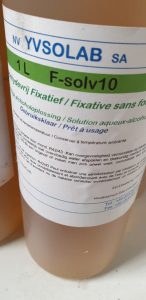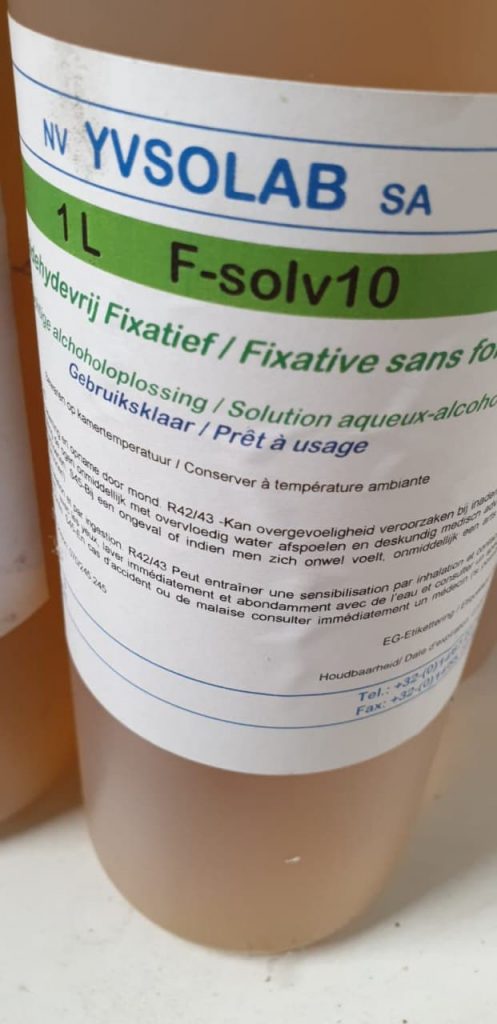Subarachnoid hemorrhage steering in the period of the COVID-19 pandemic – An opinion to mitigate publicity and preserve personal protecting gear
Aneurysmal subarachnoid hemorrhage (SAH) sufferers require frequent neurological examinations, neuroradiographic diagnostic testing and prolonged intensive care unit keep. Previously established SAH therapy protocols are impractical to inconceivable to stick to in the present COVID-19 disaster because of the want for an infection containment and scarcity of crucial care sources, together with personal protecting gear (PPE). Centers have to undertake modified protocols to optimize SAH care and outcomes throughout this disaster. In this opinion piece, we assembled a multidisciplinary, multicenter staff to develop and suggest a modified steering algorithm that optimizes SAH care and workflow in the period of the COVID-19 pandemic. This steering is to be tailored to the accessible sources of a neighborhood establishment and doesn’t change scientific judgment when confronted with a person affected person.

Effects of Carrying Police Equipment on Spatiotemporal and Kinetic Gait Parameters in First Year Police Officers
The predominant objective of the examine was to discover the consequences of carrying police gear on spatiotemporal and kinetic gait parameters. Two-hundred and seventy-five wholesome males and ladies attending police academy (32% ladies) have been randomly recruited. Gait evaluation with out and with a police gear load (≈3.5 kg) was analyzed utilizing the Zebris strain platform. Differences and impact sizes have been calculated utilizing a Student t-test and Wilcoxon take a look at for dependent samples and Cohen’s D statistics. In each males and ladies, carrying police gear considerably elevated the foot rotation (impact measurement 0.13-0.25),
step width (0.13-0.33), step time (0.25), stride time (0.13-0.25) and peak plantar strain beneath the forefoot (0.16-0.30), midfoot (0.15-0.32) and hindfoot (0.13-0.25) area of the foot. Significant reductions in the step size (0.12-0.25), stride size (0.14-0.23), cadence (0.15-0.28) and strolling pace (0.20-0.22) have been noticed in each sexes. Although important, the impact sizes have been principally trivial in males and small in ladies. Our examine reveals important adjustments in the spatiotemporal and kinetic gait parameters when carrying police gear for each males and ladies. Although the impact sizes are trivial to small, carrying police gear of ≈3.5 kg could have a detrimental impression on gait traits in first-year cops.
[Linking template=”default” type=”products” search=”MacConkey Agar Medium” header=”1″ limit=”154″ start=”2″ showCatalogNumber=”true” showSize=”true” showSupplier=”true” showPrice=”true” showDescription=”true” showAdditionalInformation=”true” showImage=”true” showSchemaMarkup=”true” imageWidth=”” imageHeight=””]
In Wuhan, China, in December 2019, the novel coronavirus was detected. The virus inflicting COVID-19 was associated to a coronavirus named extreme acute respiratory syndrome coronavirus (SARS-CoV). The virus induced an epidemic in China and was rapidly contained in 2003. Although coming from the identical household of viruses and sharing sure transmissibility components, the native well being establishments in China had no expertise with this new virus, subsequently named SARS-CoV-2. Based on their prior expertise with the 2003 SARS epidemic, well being authorities in China acknowledged the necessity for personal protecting gear (PPE). Existing PPE and protocols have been restricted and mirrored early expertise with SARS; nevertheless, as extra PPE provides turned accessible, designated COVID-19 hospitals in Hubei Province adopted the World Health Organization tips for Ebola to create a protocol particular for treating sufferers with COVID-19.

